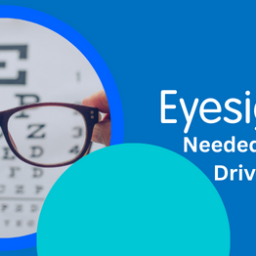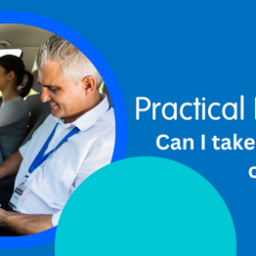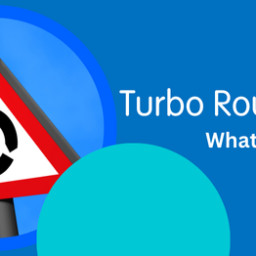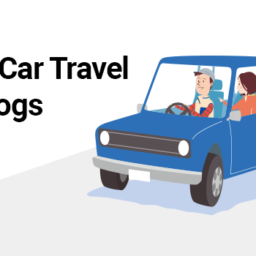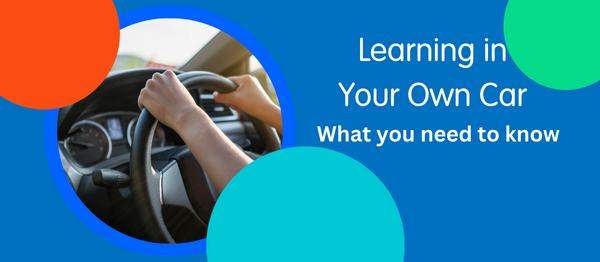
If you’re lucky enough to be a learner driver with your own car you’re probably wondering if you can learn to drive in it. The good news is yes, you can learn to drive in your own car and you can even take your test in it, but it must meet some requirements first. Here’s what you need to know about learning to drive in your own car.
Can I learn to drive in my own car?
Yes you can learn to drive in your own car by having lessons either with a professional driving instructor or as private practice with a qualifying licensed driver (such as parents or family member). You can even take the practical driving test in your own car if it meets the necessary requirements.
You need to be aware that you cannot drive alone. You must have a supervising driver with you at all times until you’ve passed your driving test and obtained a full driving licence.
Who can teach me to learn to drive in my own car?
If you’re not using a professional driving instructor you could use a parent, family member or friend as long as they meet these requirements:
- at least 21 years old
- has a full driving licence issued in either the UK or EU/EEA
- is qualified to drive the type of vehicle you’re learning in (e.g., a manual car licence if you’re driving a manual car)
- conforms to driving eyesight requirements
- is not under the influence of alcohol or drugs
It’s also important to remember that it is illegal for a non-DVSA-approved instructor to charge you for driving lessons.
What requirements do I need to meet to learn to drive in my own car?
You need to hold a provisional licence, therefore you must be at least 17 years old and be in possession of your provisional driving licence. L plates need to be clearly displayed on the front and rear of your car and a qualified supervising driver must be with you at all times of your journey.
Does my car need any special requirements to learn to drive in it?
Your car must be roadworthy with a valid MOT. It must be taxed and insured and the insurance must cover both you and your instructor – whether you’re using a professional driving instructor or a family member.
Learning to drive in your own car means you are responsible for vehicle checks before every lesson. This means checking the tyres, lights, levels of oil, water and petrol as well as the function of the pedals, seatbelts, airbags and car’s controls so they don’t impact your driving abilities. You’re responsible to ensure:
- The vehicle is taxed and insured correctly
- Has a valid MOT (if eligible for one)
- Has no warning lights showing, such as faulty airbags or brakes
- The tyres comply with the legal tread depth and are inflated to the correct pressure
- Has a working speedometer which allows you to reach a speed of up to 62mph
- All pedals operate correctly
What’s the advantages of learning to drive in my own car?
If you’re feeling anxious about feeling comfortable in your own car when you’ve passed your test it could be advantageous to you to learn to drive in your own car. However, it can put more pressure on you as a learner because of all the requirements you need to consider.
What’s the disadvantage of learning to drive in my own car?
You may be nervous taking to the road for the first time, so you may want to concentrate on just the lesson and how to operate and manoeuvre the vehicle and leave the other responsibilities to a driving instructor.
A driving instructor’s car will have dual control which means the instructor will help to control the car. It’s a challenge to operate a car, observe the ways of the road, listen to instructions and stay in control of a car at all times, so dual control can become a necessity to keep you and other road users safe until you become more competent.
When learning to drive in an instructor’s car the vehicle is clearly marked and branded to tell other road users that a learner is driving and a lesson taking place. If you’re learning to drive in your own car it will be less obvious that you’re a learner and they may presume you’re further along your learning journey than you actually are. This could lead to drivers becoming impatient, over-taking you, beeping their horn in frustration etc. and because you won’t have dual-control in your own vehicle your supervising driver won’t be in a position to help you with the pedals when you stall. All of this could add increasing pressure and stress to you.
Not passed your Theory Test yet? You can download The Complete Theory Test kit App for FREE . Visit the App store here.



